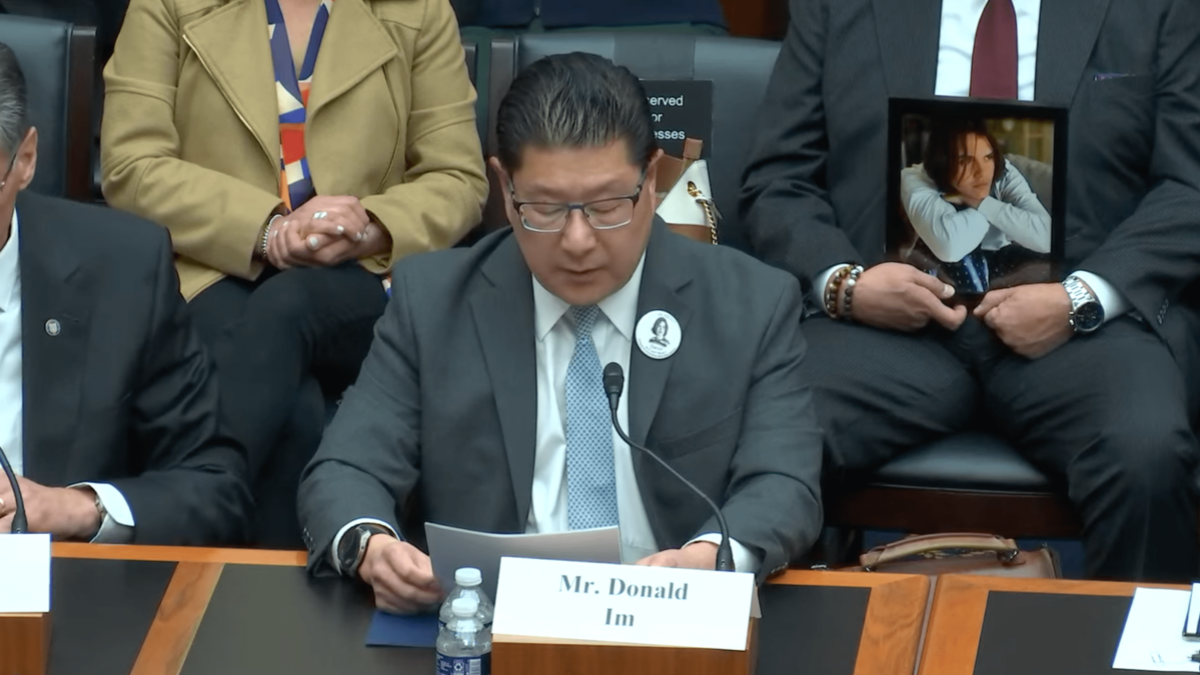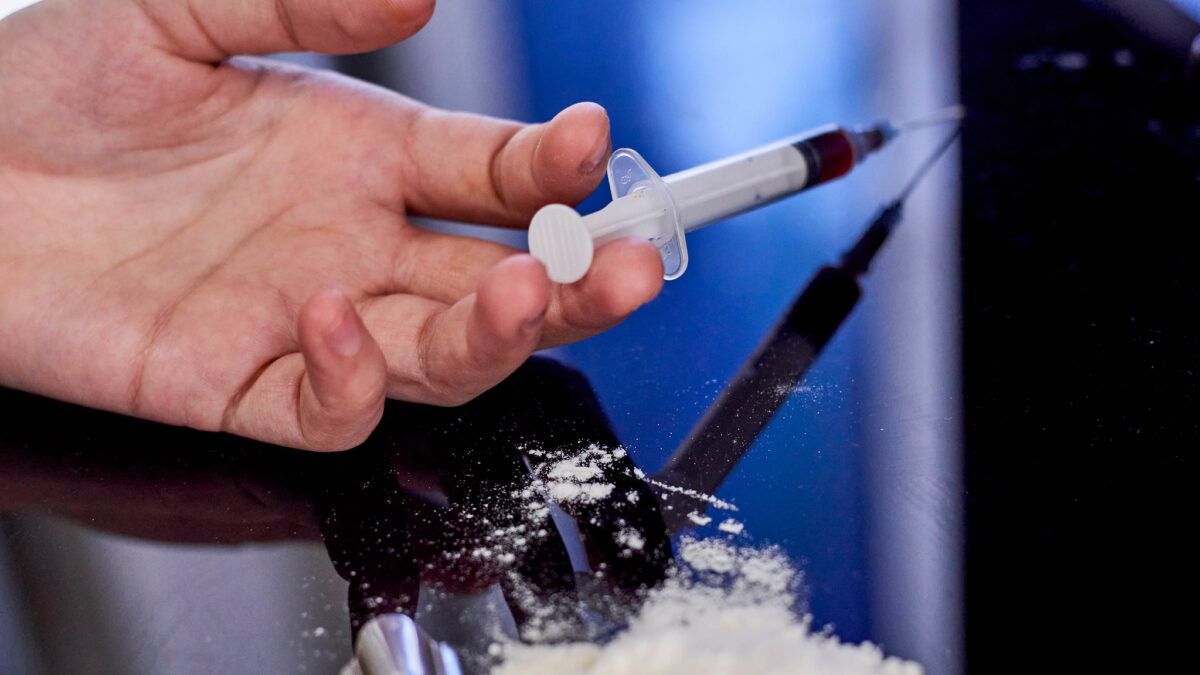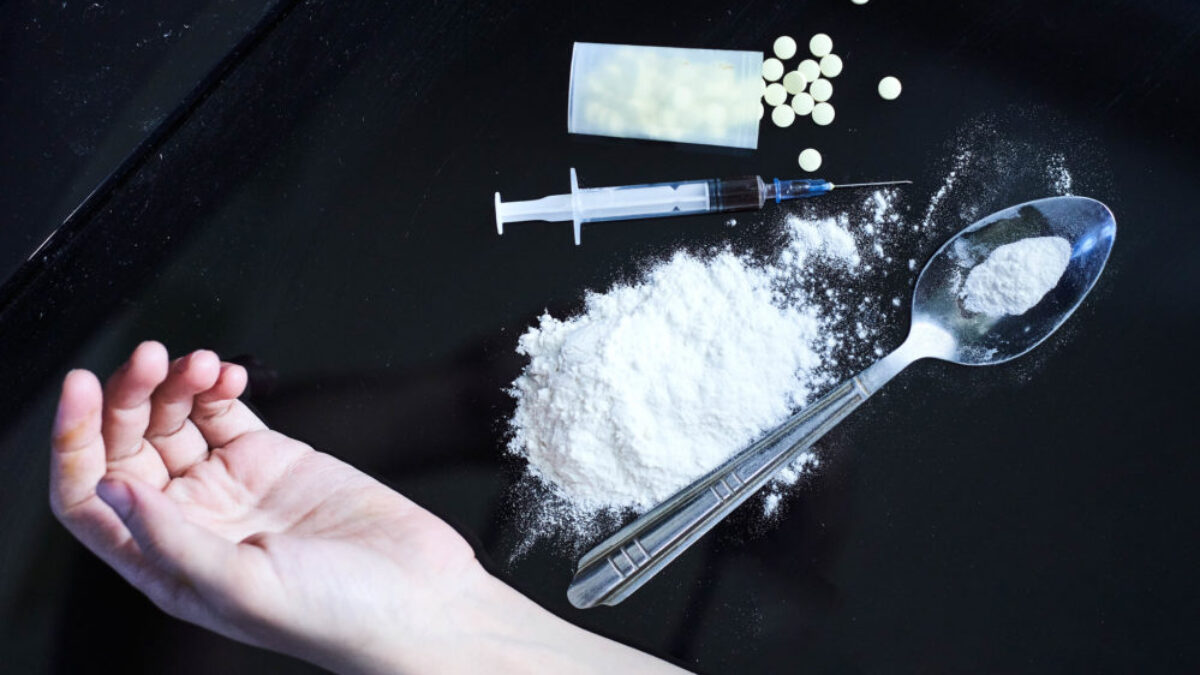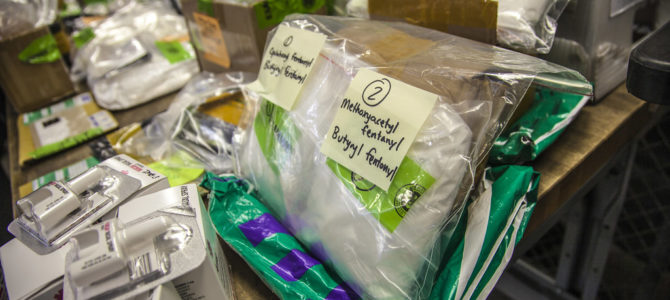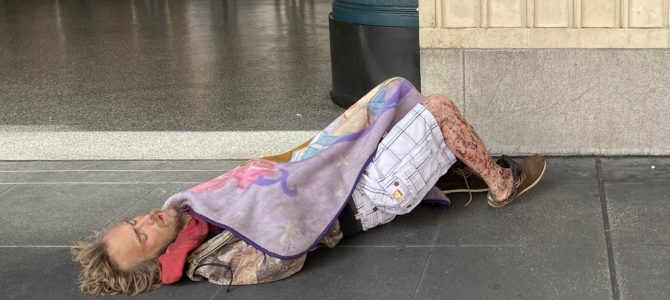
As the nation prepares for the incoming Biden-Harris administration the new president promises will be “the most progressive in history,” many drug policy practitioners wonder with trepidation what this will mean for the country’s drug crisis.
Record levels of methamphetamine, heroin, and fentanyl, not to mention surging tonnage of cocaine and black market marijuana, are pouring across our borders at the hands of ruthless Mexican drug cartels, directly fueling ever-increasing overdose deaths and crime. So leftists’ stated objectives and record on drugs and crime should worry all Americans.
We can get a preview of the new administration’s more “nuanced” counterdrug approach by examining “The Biden Plan to End the Opioid Crisis” from the campaign. It doesn’t look promising. Long on therapeutic programs and short on reducing drug availability through border security and targeting drug trafficking organizations, it boldly declares that “Biden will tackle this crisis by making sure people have access to high quality health care.”
It also proudly calls for an incomprehensible $125 billion in additional spending to “make prevention, treatment and recovery services available to all,” which will accomplish little more than expanding the already bloated government-sponsored compassion industry. Bowing to the far left wing of the party, the Biden plan also promises to “reform the criminal justice system so that no one is incarcerated for drug use alone”—a debunked myth.
Virtually no one goes to prison for simply using drugs, especially at the federal level. According to a 2015 study by the Bureau of Justice Statistics, only about 16 percent of our state prisoners are there for drug offenses—nearly all for distribution. Drug possession accounts for only 3.6 percent of the total. Federally, nearly all drug offenders (99.5 percent) are serving time for major trafficking.
The incessant cry from the radical left (and often the libertarian right) that “the war on drugs has failed” has lately been destructively amplified with demands to “defund,” or “abolish,” or even “f-ck the police.” Their misguided and malicious charges that U.S. law enforcement professionals are the principal perpetrators of “systemic racism” and “mass incarceration” reveal a breathtaking ignorance about what is required to maintain safety and order on the mean streets of modern America.
Such reckless slogans by the far-left wing of the Democrat Party have been matched with equally reckless action. From House Speaker Nancy Pelosi’s repeated attempts to legalize marijuana at the federal level—most recently by passing the MORE Act in the House of Representatives on Dec. 4—to Oregon decriminalizing the possession of even heroin and methamphetamine at the state level, to Seattle sponsoring “safe-injection sites” for heroin users across the city, such catastrophic actions mainly serve to demonstrate how enlightened, sophisticated and caring leftist leaders are in their approach to the drug war.
Attempting to excuse or medicalize the entire drug crisis, while vilifying the police for “filling our prisons with drug users,” not only makes the problem worse, but undermines the ability of our criminal justice system to reduce the predatory behavior of individuals and organizations that seek to prey upon our fellow citizens for profit.
To argue that the drug problem should be solved therapeutically, not criminally, simply because it involves the “medical” problem of addiction, ignores the role that drug availability plays in developing and expanding new markets. Would one make the same argument in attempting to deal with the trafficking of child pornography by pursuing only treatment and prevention programs for the addicted?
Few remember that when President Nixon declared his “war against drugs” in 1971, his principal weapon in our national struggle was actually drug treatment. Recognizing the need to reduce the alarming rise of drug use in our society, Nixon increased drug treatment funding eight-fold within two years, consuming nearly two-thirds of our total federal drug control budget.
But the president—and the country—came to learn the limitations of government’s ability to affect behavior solely through therapeutic means. Without the ability to compel drug users into long-term treatment, most attempts at drug treatment failed miserably and repeatedly—an outcome that largely continues today.
Landmark research from Boston University in 2006 and detailed in the Journal of Substance Abuse Treatment put the mean number of drug treatment episodes at 6.9 times over a six-and-one-half-year period. Additionally, the National Institutes of Health published findings in 2010 which revealed that more than 90 percent of opioid users tragically returned to their drug use following treatment, most within one week. That’s why they call it a “chronic, relapsing condition.”
So, too, with drug prevention. Drug policy expert Mark Kleiman from New York University has written that, although we so want to believe in its efficacy (after all, an ounce of prevention is worth a pound of cure) “the hard scientific evidence concerning drug prevention” has shown completely “underwhelming results.” He further notes, “Even the best prevention programs have only modest effects on actual behavior, and many programs have no effect at all on drug use.”
We have learned through experience that, although drug prevention and treatment programs must continue to be made available and improved upon through evidence-based practices in order to help at the margins, government’s role—not that of society-at-large, but government—can make the greatest positive impact by reducing drug availability. That is, interdicting drug shipments and arresting, prosecuting, and imprisoning drug dealers.
In fact, over the long-term, given the continuing limited success of treatment and prevention programs, drug enforcement may be the most effective, and compassionate, anti-drug program available to us today.
It has been perplexing to see former senator Biden denounce the 1994 Crime Bill—one he helped draft, and that received overwhelming support from the Congressional Black Caucus and the African American community—to pander to radical, anti-law and order groups demanding the dangerously unrealistic nullification of our police.
The Violent Crime Control and Law Enforcement Act of 1994 was a direct response to the explosion of crime and violence that accompanied the crack scourge across the country in the late ‘80s and early ‘90s, one that incontrovertibly caused homicide rates in most of our cities to intolerably spike to record levels in 1993. That is, until now.
Thanks to a deadly combination of sentimental, i.e., “woke,” ideologies that excuse criminal behavior, combined with new and ever-more potent and addictive drugs flooding into our communities, homicide numbers are breaking new records across the land this year.
Final national murder update of 2020:
Murder up 36.7% in 57 agencies with data through at least September (though most have data through November). Murder up in 51 of 57, 37 of 58 agencies reporting murder up more than 30%.
Spreadsheet here: https://t.co/vEhKHuFNrY pic.twitter.com/5HgVmwGmDS
— Jeff Asher (@Crimealytics) December 29, 2020
We didn’t treat or prevent our way out of the crack epidemic. Those programs helped, but we gained the upper hand by enforcing legitimate and reasonable state, federal, and international laws against illegal drugs.
From multilateral efforts targeting cocaine labs in South America, to enhanced Caribbean interdiction operations, right down to taking back our communities from the violent gangs and dealers who constituted the foot soldiers of the cartels, it was our collective national will to do what was necessary, however distasteful to some, to rescue our society from catastrophe. One can only hope we can muster such a will again, or the consequences will be dire.


